Do you have a question about the Olympus WS-100 and is the answer not in the manual?
Identify all external components and ports of the voice recorder for proper operation and connectivity.
Instructions for inserting and replacing batteries, including polarity and tips for battery life.
Learn how to power the recorder on/off and understand the automatic standby mode for power saving.
Activate the HOLD switch to lock buttons and prevent unintended operation during transport.
Organize recordings by utilizing the five available folders for efficient file retrieval.
Configure the recorder's internal clock to accurately timestamp recordings.
Learn the process to begin, end, and save voice recordings, including folder selection.
Temporarily halt an ongoing recording and resume it from the same point later.
Connect and use external microphones or audio equipment for enhanced recording quality.
Understand the meaning of various icons and data displayed on the LCD screen.
Select audio files for playback, control playback initiation, and cancel playback.
Navigate through audio files using fast forward and rewind functions for quick access.
Adjust playback speed to normal, slow, or fast for different listening needs.
Connect earphones for private listening and follow safety guidelines to protect hearing.
Delete unwanted voice files individually or erase all files from a specific folder.
Detailed explanation of all indicators and information presented on the recorder's LCD panel.
Navigate the menu system to access and modify various recorder settings and preferences.
Select from different recording quality modes (STHQ, HQ, SP, LP) based on desired quality and time.
Optimize recording quality by adjusting microphone sensitivity between high (HI) and low (LO).
Protect files from deletion by locking them, or reset settings by formatting the recorder.
Enable continuous playback of files and control audible system beeps for operations.
Utilize VCVA for automatic recording start/stop based on sound levels, conserving memory.
Link the recorder to a PC via USB to back up voice files and manage stored data.
Place index marks within recordings for easy navigation to important sections during playback.
Adhere to safety guidelines and be aware of potential data loss risks, recommending backups.
Follow recommended practices for operating, storing, and maintaining the recorder for longevity.
Resolve common operational problems such as non-responsive buttons, no sound, or recording failures.
View detailed technical specifications including memory capacity, recording times, and dimensions.
Identify all external components and ports of the voice recorder for proper operation and connectivity.
Instructions for inserting and replacing batteries, including polarity and tips for battery life.
Learn how to power the recorder on/off and understand the automatic standby mode for power saving.
Activate the HOLD switch to lock buttons and prevent unintended operation during transport.
Organize recordings by utilizing the five available folders for efficient file retrieval.
Configure the recorder's internal clock to accurately timestamp recordings.
Learn the process to begin, end, and save voice recordings, including folder selection.
Temporarily halt an ongoing recording and resume it from the same point later.
Connect and use external microphones or audio equipment for enhanced recording quality.
Understand the meaning of various icons and data displayed on the LCD screen.
Select audio files for playback, control playback initiation, and cancel playback.
Navigate through audio files using fast forward and rewind functions for quick access.
Adjust playback speed to normal, slow, or fast for different listening needs.
Connect earphones for private listening and follow safety guidelines to protect hearing.
Delete unwanted voice files individually or erase all files from a specific folder.
Detailed explanation of all indicators and information presented on the recorder's LCD panel.
Navigate the menu system to access and modify various recorder settings and preferences.
Select from different recording quality modes (STHQ, HQ, SP, LP) based on desired quality and time.
Optimize recording quality by adjusting microphone sensitivity between high (HI) and low (LO).
Protect files from deletion by locking them, or reset settings by formatting the recorder.
Enable continuous playback of files and control audible system beeps for operations.
Utilize VCVA for automatic recording start/stop based on sound levels, conserving memory.
Link the recorder to a PC via USB to back up voice files and manage stored data.
Place index marks within recordings for easy navigation to important sections during playback.
Adhere to safety guidelines and be aware of potential data loss risks, recommending backups.
Follow recommended practices for operating, storing, and maintaining the recorder for longevity.
Resolve common operational problems such as non-responsive buttons, no sound, or recording failures.
View detailed technical specifications including memory capacity, recording times, and dimensions.
| Brand | Olympus |
|---|---|
| Model | WS-100 |
| Category | Measuring Instruments |
| Language | English |
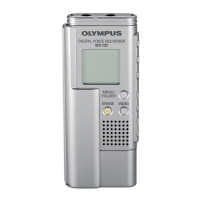

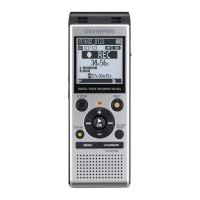
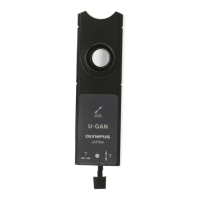
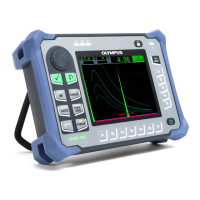





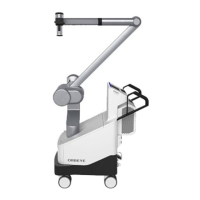
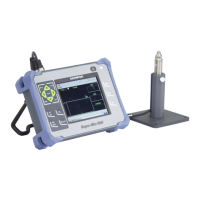
